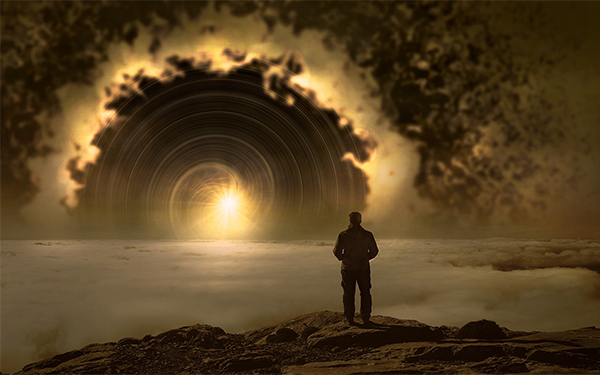Throughout recorded history, humans have reported experiences of receiving information unconstrained by everyday notions of space and time. Traditional terms for these experiences include “telepathy” for experiences suggesting mind-to-mind communication and “clairvoyance” for perceptions that seem to transcend time or space. A broad term used in psychology to refer to these “psychic” phenomena are exceptional human experiences (EHEs). Beliefs in EHEs are widespread worldwide. Popular interest in them is reflected in the entertainment business, which is saturated with paranormal themes and tales of the supernatural.
Not only are beliefs in these phenomena pervasive, but so are the reports of people actually experiencing them. Over the last 40 years, using different survey techniques with varied populations, the prevalence of people reporting such experiences range from a low of 10% among Scottish citizens to a high of 81% among Icelandic women. In addition:
- A survey of 300 university students and 700 townspeople in Charlottesville, Virginia, found that 38% reported EHEs
- Among 503 adults in Winnipeg, Canada, the percentage was 65.7%
- Among 1,922 Chinese, Japanese, African-American and Caucasian-American college students 31-47% reported EHEs
- There were 21-54% reports of EHEs among 18,607 adults from 13 European countries and the US
- Among 4,096 British adults, 37% reported EHEs
- And among an unspecified number of adults in the United States, the percentage was 31-67%
Not surprisingly, there is a relationship the extent to which people believe in EHEs and how often they report having them. One study found that exposure to television programs that regularly depict paranormal phenomena was positively correlated with beliefs, but only for respondents who reported their own personal experiences with EHE phenomena. In addition, meta-analyses (which combine the results of many studies on a similar topic) of so-called “sheep-goat” experiments conducted over seven decades, involving 122 experiments examining the role of high (sheep) versus low (goats) belief in EHE performance, leave little doubt that belief and experience in this domain are tightly coupled.
Most studies that have explored prevalence of belief and EHEs have not considered the role of occupational culture or scientific worldview in modulating such factors. Because such experiences are associated with superstition, and some violate currently accepted materialist conventions, one might assume that scientists and engineers would be much less likely to report instances of these experiences than the general population.
IONS scientists Helané Wahbeh, Dean Radin, Cassandra Vieten, Arnaud Delorme and fellow Julia Mossbridge decided to test this theory. Using an online, self-report survey, they evaluated the prevalence of 25 such experiences in three groups: the general population, science and engineering professionals, and those with special interest in such experiences.
Results showed that the prevalence for endorsing at least one EHE remained surprisingly high among all groups (89.3% general population, 89.5% scientists, and 97.8% EHE-positive group). These numbers stayed above 80% when items that could potentially be construed as normally perceived with the traditional five senses were removed (e.g. information from dreams and “seen something in your mind’s eye about an object, person, location, or physical event” which could be perceived as imagination). The EHE-positive group still had the highest prevalence and paranormal beliefs, as was expected. They had also hypothesized that the scientist group would have the lowest prevalence and beliefs, but in fact they were similar to the general population. There were also no EHE differences within the scientist group based on science subcategory or specific discipline. These prevalence and belief results suggest that scientists and engineers have more EHEs and higher paranormal beliefs than is commonly assumed.
For a more indepth look into this study and the results, read the full article in EXPLORE: The Journal of Science and Healing.
